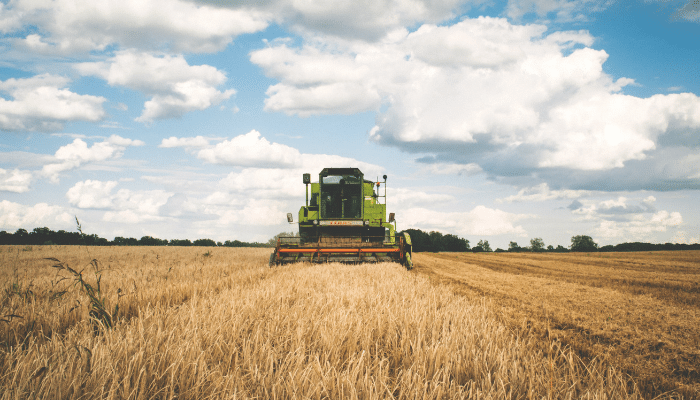EFSA published its
report for the year 2017 on pesticide residues in food at the end of June.
Results of monitoring programmes (European Coordinated Control Programme (EUCP) + national programmes):
In total, 88,247 samples were analysed and 801 pesticides and metabolites researched.
- 95.9% of the samples analysed as part of the European programme for the monitoring of pesticides in food comply with MRLs, 54.1% of which are free of quantifiable residues.
- 4.1% of the samples exceeded the MRLs (2.5% were considered non-compliant due to measurement uncertainty).
The overall compliance rate is slightly lower than the previous year (96.2%) but the difference can be explained by the increase in the number of samples taken in 2017.
In general, the matrices with the most non-compliance are:
For unprocessed products:
- Watercress (48.6%)
- Cherimoyas (41.2%)
- Coriander leaves (36.4%)
- Basil and edible flowers (30.1%)
For processed products:
- Vine leaves (55.6%)
- Fruits and nuts (17.8%)
- Tomatoes (16.4%)
- Wild mushrooms (13.5%)
Results of the European Coordinated Control Programme 2017 (EUCP):
A total of 11,158 samples were analyzed and 171 pesticides were sought in 12 food products (oranges, pears, kiwi, cauliflower, onions, carrots, potatoes, beans (dried), rye, rice, poultry fat and sheep fat).
- 98.4% of the samples analysed were found to comply with MRLs, 64.9% of which were free of quantifiable residues.
- 1.6% of the samples exceeded the MRLs (0.7% were found to be non-compliant due to measurement uncertainty).
Pesticides most frequently quantified by matrix of plant origin analysed:
- Oranges (imazalil, thiabendazole, chlorpyrifos, pyrimethanil, dithiocarbamates, 2-phenylphenol, 2,4-D, pyriproxyfen and propiconazole)
- Pears (captan, dithiocarbamates, boscalid, fludioxonil, pyraclostrobin, chlorantraniliprole, thiacloprid, cyprodinil, acetamiprid)
- Potatoes (chlorpropham, propamocarb)
- Beans (dry) (fluazifop-P, boscalid)
- Rice (isoprothiolane, bromide ion, propiconazole, deltamethrin, tebuconazole, buprofezin)
- Rye (chlormequat, mepiquat, pirimiphos-methyl)
Pesticides most frequently quantified by matrix of animal origin analysed:
- Poultry fat (DDT, hexaconazole, diedrin)
- Sheep fat (DDT, hexaconazole)
Onions had the lowest rate of MRL exceedance (0.3%), followed by cauliflower (0.8%) and oranges (1.1%).
On the other hand, the highest overrun rates were recorded for rice (5.1%), dried beans (2.3%) and pears (2.3%).
Based on the results of the short and long-term dietary exposure assessment, EFSA concluded that the probability of exposure to pesticide residues exceeding concentrations likely to cause adverse health effects is low.
Tool for consulting pesticide residues in food:
EFSA has put online a new IT tool to consult the results of pesticide residue monitoring in food in the EU for 2017, by country and by foodstuff.
Data by country
|
Number of samples |
Above LOQ (%) |
Between the LOQ and the LMR (%) |
Above the MRL
(%) |
| Italy |
11 305 |
65 |
32,5 |
2,5 |
| France |
8 255 |
63,2 |
32,1 |
4,7 |
| United Kingdom |
3 195 |
51,7 |
44,4 |
4 |
| Belgium |
2 780 |
37,8 |
56,6 |
5,6 |
| Spain |
2 767 |
66,6 |
30,3 |
3 |





